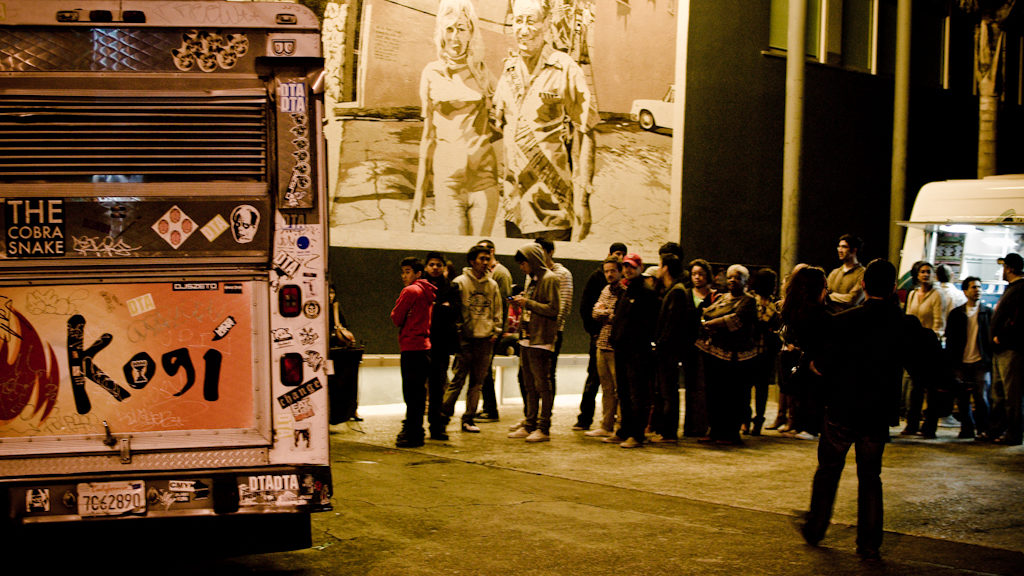By Samantha Smith
Living with a Chinese American roommate, the foods in our household tend to lean dramatically one way or another (culturally speaking). Xinmin’s dishes tend to have a South-Eastern Chinese taste, while mine tend to utilize American foods that emphasize my Black/African American heritage. However, when we cook together, we always bring something different to the table. I feel so fortunate to have been paired with a roommate that has a culture so different from my own. It’s allowed me to experience an array of amazing foods, some of which I would have never ventured to learn about before.
I tried Cōng Yóu Bǐng, also known as Scallion Pancakes, for the first time when Xinmin decided to make it with the leftover flour and green onions we used to make dumplings. As soon as I tasted the flakiness of the bread, I fell in love. It was unlike anything I had ever tasted before. Even Negiyaki, a green onion Japanese pancake that I have tried and adore, does not have the same taste or textures as my new favorite Chinese treat.
Some time ago I decided to make turkey burgers for our “roomie dinner”, but I couldn’t think of a complimentary dish to go with the burgers. That’s when it clicked. The night before, Xinimn had made Cōng Yóu Bǐng and happened to have some leftovers. Instead of using plain old hamburger buns, we decided to put the turkey burgers on the leftover Cōng Yóu Bǐng; the results were delicious!

If you want to try this combination out for yourself, try out the recipe below!
Continue reading Turkey Cheese Burger on 葱油饼 (Cōng Yóu Bǐng)



